Teaching the New Tools of Monetary Policy
Resources for teaching the Fed's monetary policy tools in an ample-reserves framework.
{{searchResultSnippet}}
 Back to All
Back to All

In this video assignment, learn more about the Fed’s role in cash services and electronic payments.
Now let's take a look at one of the three main purposes of the Fed. And that is? To promote the integrity, efficiency and accessibility of our country's payments system. Oh, hey there. Hi. How can I help you? How much are these again? These are $58.50. Good, I'll take them. Great! All right. Will that be cash or credit? Cash. Perfect. Paying with cash is a simple transaction. The customer gets the merchandise and the store gets the money, but there's a lot going on behind the scenes to make that happen. Most people don't see the payments system that supports the many ways we pay for goods and services: cash, checks, credit cards, debit cards and other means. Do you know who's very much involved in making sure payments are safe secure and efficient? Right. The Federal Reserve. To understand how it all works, let's look back in time. Paper money of one kind or another has been used for more than a thousand years, but in the United States, even long after the Revolutionary War, there was often no single paper currency that everyone in the country trusted. Different banks printed their own banknotes. So, how could you know what they were worth? You like the cow, eh? Cost you ten dollars. Fair price. Wait a minute. I've never seen those before. What bank are they from? They're from Stormy Ridge Bank, as you can see. Stormy Ridge Bank? I never heard of 'em. There was no uniform US currency well into the 19th century... (That mean you're not gonna sell me the cow?) that made trade really cumbersome and confusing. Who would accept which currency? And how much was it really worth? Banknotes across the country were denominated in dollars, but the further you got from the bank that issued them, the less likely it was that someone would give you a dollars worth of goods or services for them. Today, there's just one official US currency. All our paper money has Federal Reserve Note printed right on it The Federal Reserve Board is in charge of issuing US currency, turning paper into lawful money. The Federal Reserve banks distribute both currency and coins to financial institutions. That we make sure that the payment system is safe, secure for the consumers in the region and nationally. The Federal Reserve plays a key role in the provision of many but not all forms of payment. For example, there are other payment mechanisms, particularly card systems, that the Fed doesn't have an operational role in. More often, moving funds is a matter of moving electronic information, not physical objects. Typically, checks are scanned and the front and back images, but not the paper checks themselves, are sent electronically or they're converted to electronic payments. There is another part of the payment system called Automated Clearinghouse or ACH. The Federal Reserve processes a huge amount of the electronic financial transactions, like direct deposits of people's paychecks. Fedwire is a system operated by the Fed that allows financial institutions to transfer large amounts of funds immediately to other financial institutions on behalf of their customers. You can think of payment systems as the plumbing for our economy. Payment systems facilitate the movement of money to support economic activity. So, for the US economy to be effective we require payment systems that are efficient, that are accessible and that their users have confidence in. The Federal Reserve payments system takes care not only of private and business transactions, but also government transactions. The Fed is the fiscal agent for the US government. That means it does things like maintaining the Treasury Department's bank account as well as issuing servicing and redeeming government securities on behalf of the Treasury Department and its customers. Now you know. No matter how you pay for that pair of shoes or that cow, there's a very complex system working behind the scenes making sure payments are safe secure and efficient.
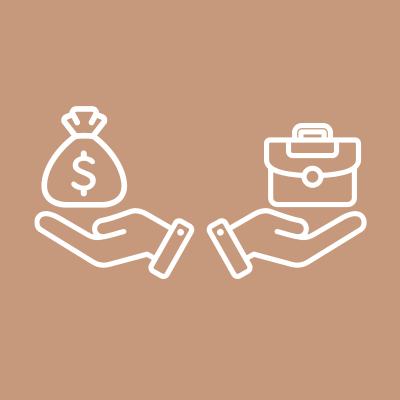
Teaching the New Tools of Monetary Policy
Resources for teaching the Fed's monetary policy tools in an ample-reserves framework.
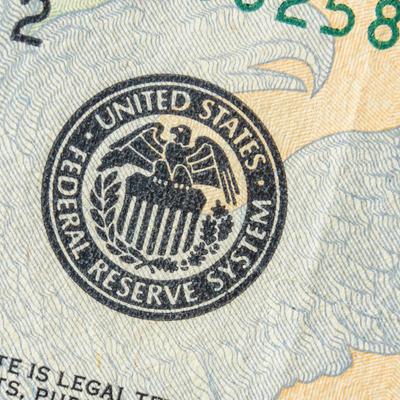
Making Sense of the Federal Reserve
Introduce the structure of the Federal Reserve and the basics of monetary policy.
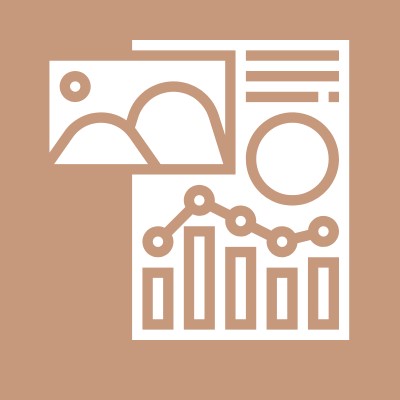
Fiscal & Monetary Policy
Define fiscal and monetary policy and highlight their differences.

Lecture Guide: How the Federal Reserve Implements Monetary Policy
This lesson teaches how the Federal Open Market Committee (FOMC) conducts monetary policy.
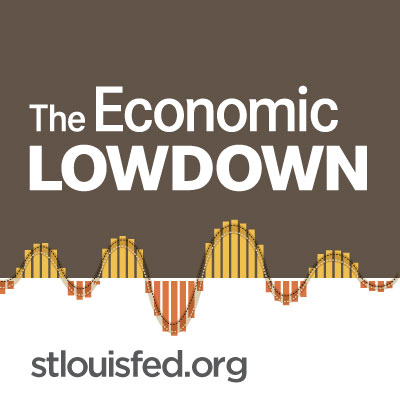
Econ Lowdown Podcast Series
21 Economics audio assignments for your classroom
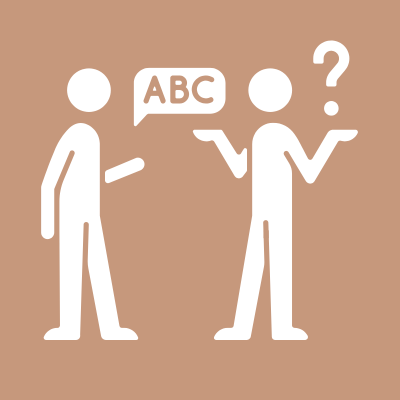
Jargon Alert: Helicopter Money
Learn about a tool to stimulate economies and fight deflationary pressures.
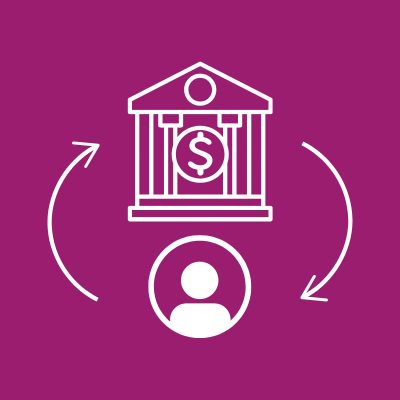
Boom Times and Bubbles: The Internet Age
Learn about the Monetary Control Act of 1980.

Central Banking
Learn the basics parts a central bank.

Creation of the Federal Reserve
Learn about banking panics, recessions, and depressions in the U.S. during the 1800s.

Inflation, Deflation, and Disinflation
Learn the differences between inflation, deflation, and disinflation.

Inflation, the Fed, and You
Learn what causes inflation.

Introduction to the Federal Reserve
Introduce the Fed’s three main functions.

Monetary Policy Fed and You
See how the Fed conducts monetary policy.

Money Versus Barter
Learn how money solves problems created by barter systems.

Price Stability
Learn the importance of price stability.

Stagflation in the 1970s
How did Federal Reserve Chairman Paul Volcker contain inflation, spurred economic growth, and reduced unemployment?
{{resourceTitle}}
{{resourceBlurb}}